Jiyou Jia
The Generation of Textual Entailment with NLML in an Intelligent Dialogue system for Language Learning CSIEC
Feb 29, 2008Abstract:This research report introduces the generation of textual entailment within the project CSIEC (Computer Simulation in Educational Communication), an interactive web-based human-computer dialogue system with natural language for English instruction. The generation of textual entailment (GTE) is critical to the further improvement of CSIEC project. Up to now we have found few literatures related with GTE. Simulating the process that a human being learns English as a foreign language we explore our naive approach to tackle the GTE problem and its algorithm within the framework of CSIEC, i.e. rule annotation in NLML, pattern recognition (matching), and entailment transformation. The time and space complexity of our algorithm is tested with some entailment examples. Further works include the rules annotation based on the English textbooks and a GUI interface for normal users to edit the entailment rules.
Improving the CSIEC Project and Adapting It to the English Teaching and Learning in China
Feb 06, 2006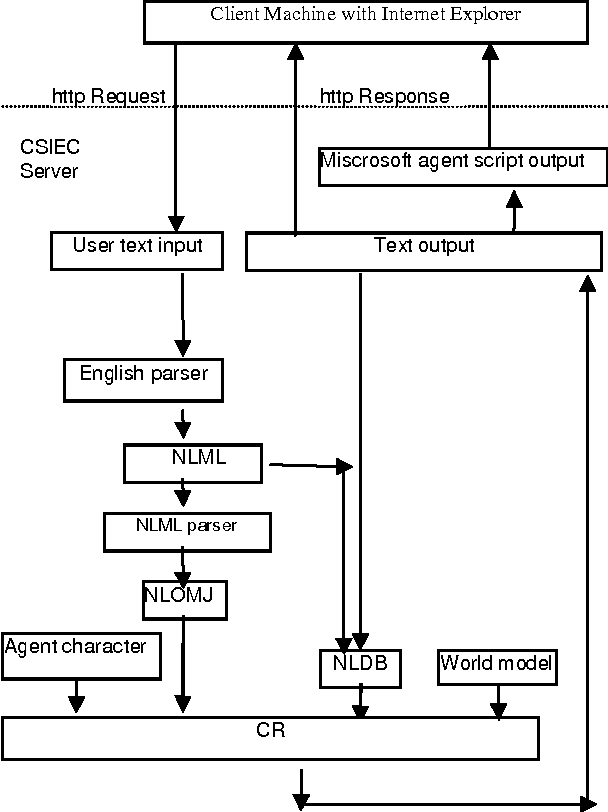
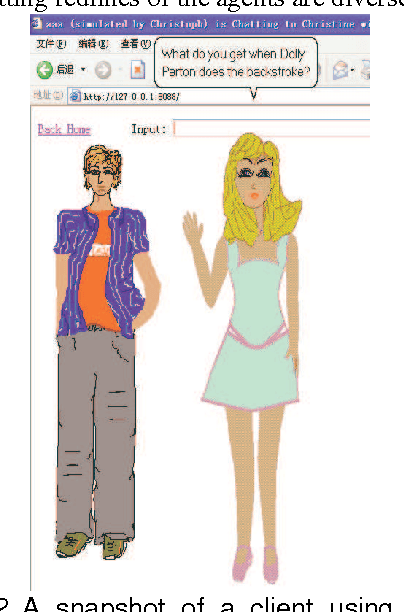
Abstract:In this paper after short review of the CSIEC project initialized by us in 2003 we present the continuing development and improvement of the CSIEC project in details, including the design of five new Microsoft agent characters representing different virtual chatting partners and the limitation of simulated dialogs in specific practical scenarios like graduate job application interview, then briefly analyze the actual conditions and features of its application field: web-based English education in China. Finally we introduce our efforts to adapt this system to the requirements of English teaching and learning in China and point out the work next to do.
NLOMJ--Natural Language Object Model in Java
Feb 06, 2006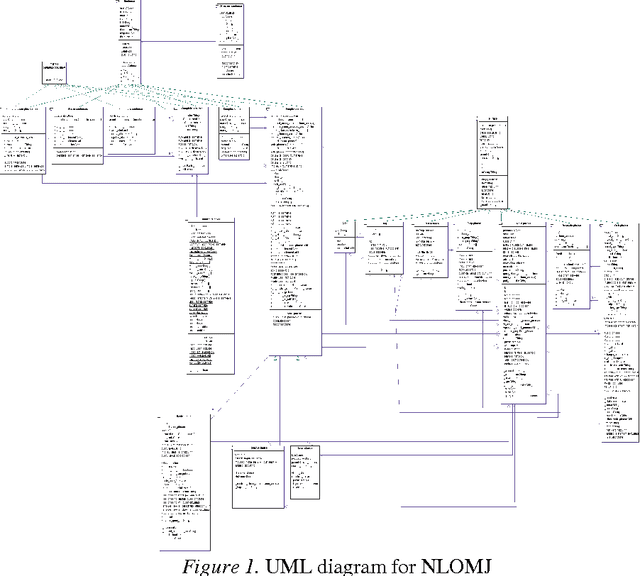
Abstract:In this paper we present NLOMJ--a natural language object model in Java with English as the experiment language. This modal describes the grammar elements of any permissible expression in a natural language and their complicated relations with each other with the concept "Object" in OOP(Object Oriented Programming). Directly mapped to the syntax and semantics of the natural language, it can be used in information retrieval as a linguistic method. Around the UML diagram of the NLOMJ the important classes(Sentence, Clause and Phrase) and their sub classes are introduced and their syntactic and semantic meanings are explained.
NLML--a Markup Language to Describe the Unlimited English Grammar
Apr 07, 2004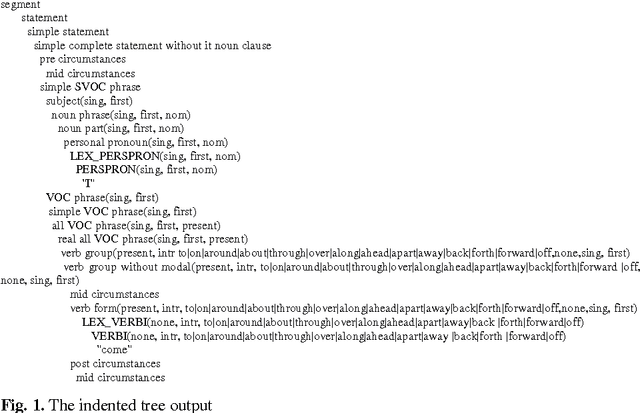

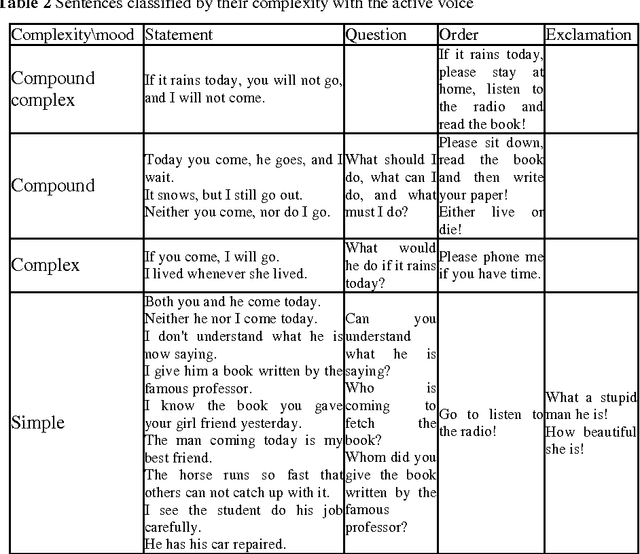
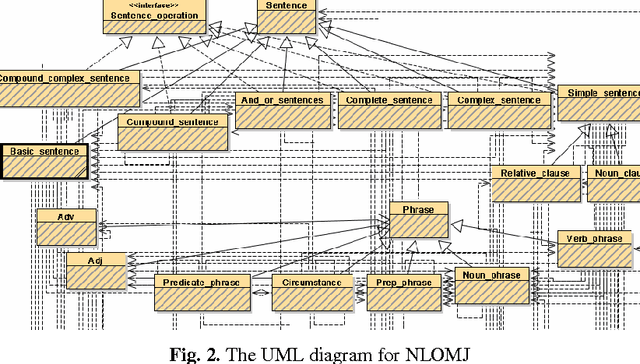
Abstract:In this paper we present NLML (Natural Language Markup Language), a markup language to describe the syntactic and semantic structure of any grammatically correct English expression. At first the related works are analyzed to demonstrate the necessity of the NLML: simple form, easy management and direct storage. Then the description of the English grammar with NLML is introduced in details in three levels: sentences (with different complexities, voices, moods, and tenses), clause (relative clause and noun clause) and phrase (noun phrase, verb phrase, prepositional phrase, adjective phrase, adverb phrase and predicate phrase). At last the application fields of the NLML in NLP are shown with two typical examples: NLOJM (Natural Language Object Modal in Java) and NLDB (Natural Language Database).
The Study of the Application of a Keywords-based Chatbot System on the Teaching of Foreign Languages
Oct 10, 2003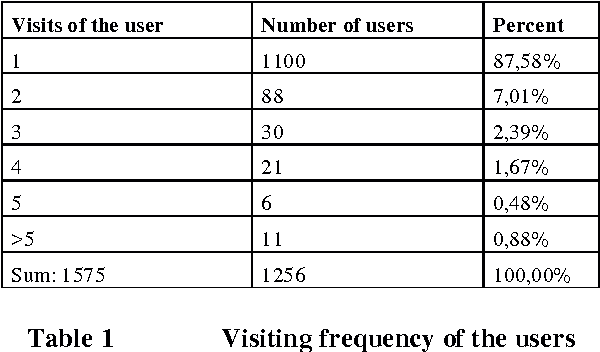
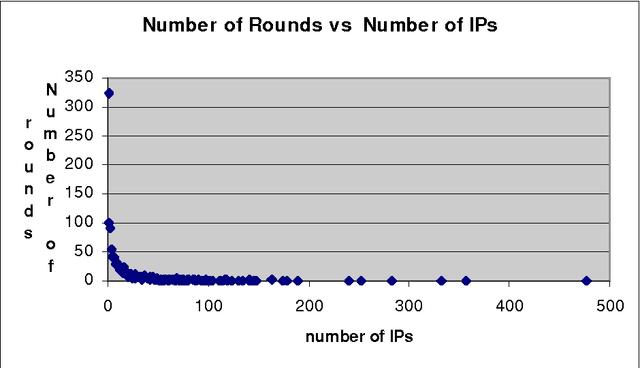
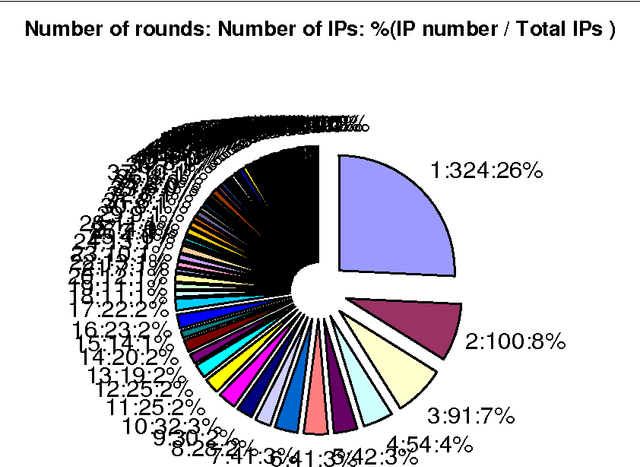

Abstract:This paper reports the findings of a study conducted on the application of an on-line human-computer dialog system with natural language (chatbot) on the teaching of foreign languages. A keywords-based human-computer dialog system makes it possible that the user could chat with the computer using a natural language, i.e. in English or in German to some extent. So an experiment has been made using this system online to work as a chat partner with the users learning the foreign languages. Dialogs between the users and the chatbot are collected. Findings indicate that the dialogs between the human and the computer are mostly very short because the user finds the responses from the computer are mostly repeated and irrelevant with the topics and context and the program does not understand the language at all. With analysis of the keywords or pattern-matching mechanism used in this chatbot it can be concluded that this kind of system can not work as a teaching assistant program in foreign language learning.
 Add to Chrome
Add to Chrome Add to Firefox
Add to Firefox Add to Edge
Add to Edge